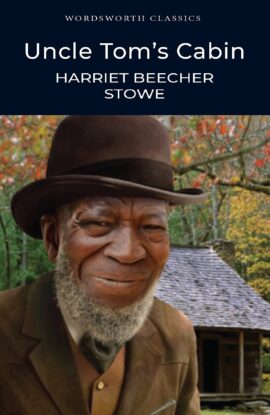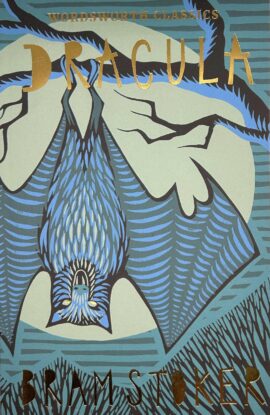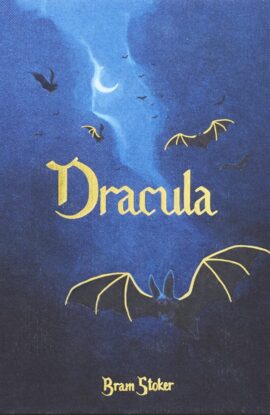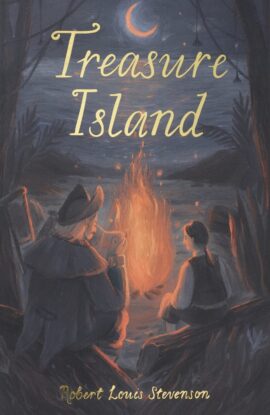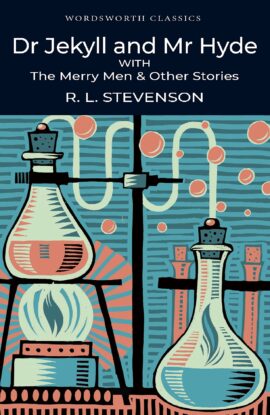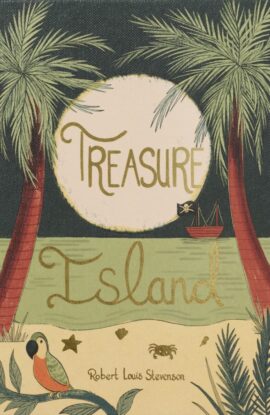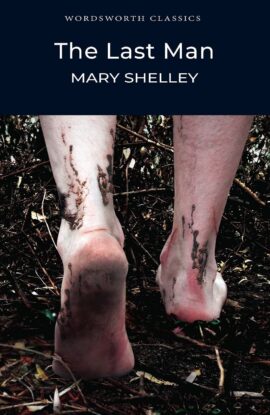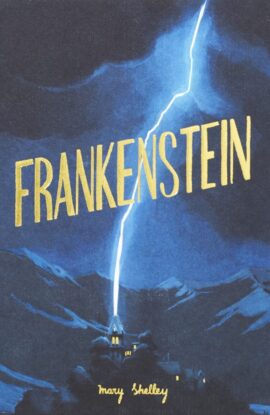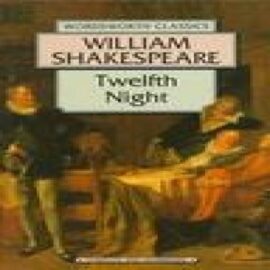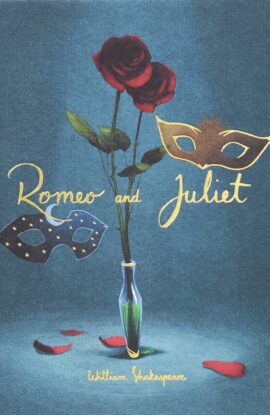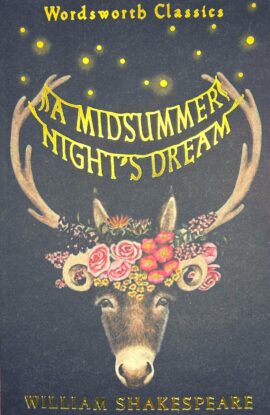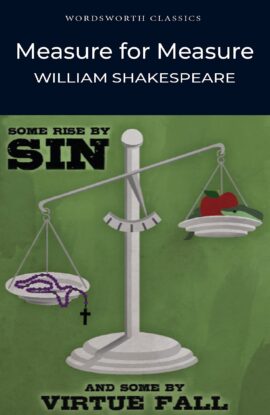Affichage de 37–48 sur 246 résultatsTrié par popularité
Uncle Tom’s Cabin (Wordsworth Classics)
Editedand with an Introduction and Notes by Dr Keith Carabine. University of Kent at Canterbury.Uncle Tom's Cabin is the most popular, influential and controversial book written by an American. Stowe's rich, panoramic novel passionately dramatises why the whole of America is implicated in and responsible for the sin of slavery, and resoundingly concludes that only 'repentance, justice and mercy' will prevent the onset of 'the wrath of Almighty God!'.The novel gave such a terrific impetus to the crusade for the abolition of slavery that President Lincoln half-jokingly greeted Stowe as'the little lady' who started the great Civil War. As Keith Carabine argues in his lively and provocative Introduction, the novel immediately provoked a storm of competing and contradictory responses among Northern and Southern readers, moderate and radical abolitionist groups, blacks and women, with regard to issues of form, genre, politics, religion, race and gender, that are still of great interest because they anticipate the concerns that vex and divide modern readers and critical constituencies.
[ DRACULA (WADSWORTH COLLECTION) – GREENLIGHT ] By Stoker, Bram ( Author) 1999 [ Paperback ]
Dracula by Bram Stoker“Welcome to my house! Enter freely and of your own will!” He made no motion of stepping to meet me, but stood like a statue, as though his gesture of welcome had fixed him into stone. The instant, however, that I had stepped over the threshold, he moved impulsively forward, and holding out his hand grasped mine with a strength which made me wince, an effect which was not lessened by the fact that it seemed as cold as ice―more like the hand of a dead than a living man.
Dracula (Wordsworth Collector’s Editions)
Dracula by Bram Stoker'There he lay looking as if youth had been half-renewed, for the white hair and moustache were changed to dark iron-grey, the cheeks were fuller, and the white skin seemed ruby-red underneath: the mouth was redder than ever, for on the lips were gouts of fresh blood, which trickled from the corners of the mouth and ran over the chin and neck. Even the deep, burning eyes seemed set amongst the swollen flesh, for the lids and pouches underneath were bloated. It seemed as if the whole awful creature were simply gorged with blood: he lay like a filthy leech, exhausted with his repletion.'Thus Bram Stoker, one of the greatest exponents of the supernatural narrative, describes the demonic subject of his chilling masterpiece Dracula, a truly iconic and unsettling tale of vampirism.
Treasure Island (Wordsworth Exclusive Collection)
Treasure Island by Robert Louis Stevenson "Fifteen men on the dead man's chest-Yo-ho-ho and a bottle of rum!" Treasure Island is a tale of pirates and villains, maps, treasure and shipwreck, and is perhaps the best adventure story ever written. When young Jim Hawkins finds a packet in Captain Flint's sea chest, he could not know that the map inside it would lead him to unimaginable treasure. Shipping as cabin boy on the Hispaniola, he sails with Squire Trelawney, Captain Smollett, Dr Livesey, the sinister Long John Silver and a frightening crew to Treasure Island. There, mutiny, murder and mayhem lead to a thrilling climax.
Dr Jekyll and Mr Hyde (Wordsworth Classics)
Dr. Jekyll and Mr. Hyde by Robert Louis Stevenson. Introduction and Notes by Dr Tim Middleton, Head of English Studies, University of Ripon and York In seeking to discover his inner self, the brilliant Dr Jekyll discovers a monster. First published to critical acclaim in 1886, this mesmerising thriller is a terrifying study of the duality of man's nature. Also included in this volume is Stevenson's 1887 collection of short stories, The Merry Men and Other Tales and Fables. The Merry Men is a gripping Highland tale of shipwrecks and madness: Markheim, the sinister study of the mind of a murderer: Thrawn Janet, a spine-chilling tale of demonic possession: Olalla a study of degeneration and incipient vampirism in the Spanish mountains: Will O'the Mill, a thought-provoking fable about a mountain inn-keeper: and The Treasure of Franchard, a study of French bourgeois life.
Treasure Island (Wordsworth Collector’s Editions)
Treasure Island by Robert Louis Stevenson. Treasure Island is the seminal pirates and buried treasure novel, which is so brilliantly concocted that it appeals to readers both young and old. The story is told in the first person by young Jim Hawkins, whose mother keeps the Admiral Benbow Inn. An old seadog, a resident at the inn, hires Jim to keep a watch out for other sailors whom he fears but, despite all precautions, the old man is served with the black spot which means death. Among the dead man's belongings Jim discovers a map showing the location of the buried treasure of the notorious pirate Captain Flint. It is not long before he, along with Doctor Livesey and Squire Trelawney, sets sail to find the treasure. However, amongst the hired hands is the one-legged Long John Silver who has designs on the treasure for himself. The continuing fascination with this tale of high drama, buried treasure and treachery bears out what Stevenson wrote about the book to his friend W. E. Henley: 'if this don't fetch the kids, why, they have gone rotten since my day.' The book not only continues to 'fetch the kids' but the grown-ups too in fact all those with the spirit of adventure in their hearts. About our Collector's Editions: These new compact hardbacks will be cloth-bound, with matching coloured end papers, embossed gold and coloured blocking to enhance their beautiful, bespoke cover illustrations. The trim page size is 178 x 129mm.
The Last Man (Wordsworth Classics)
The Last Man by Mary Wollstonecraft Shelley. With an Introduction and Notes by Dr Pamela Bickley, The Godolphin and Latymer School, formerly of Royal Holloway, University of London The Last Man is Mary Shelley's apocalyptic fantasy of the end of human civilisation. Set in the late twenty-first century, the novel unfolds a sombre and pessimistic vision of mankind confronting inevitable destruction. Interwoven with her futuristic theme, Mary Shelley incorporates idealised portraits of Shelley and Byron, yet rejects Romanticism and its faith in art and nature. Mary Wollstonecraft Shelley (1797-1851) was the only daughter of Mary Wollstonecraft, author of Vindication of the Rights of Woman, and the radical philosopher William Godwin. Her mother died ten days after her birth and the young child was educated through contact with her father's intellectual circle and her own reading. She met Percy Bysshe Shelley in 1812: they eloped in July 1814. In the summer of 1816 she began her first and most famous novel, Frankenstein. Three of her children died in early infancy and in 1822 her husband was drowned. Mary returned to England with her surviving son and wrote novels, short stories and accounts of her travels: she was the first editor of P.B.Shelley's poetry and verse.
Frankenstein (Wordsworth Collector’s Editions)
Frankenstein by Mary Shelley is the classic gothic horror novel which has thrilled and engrossed readers for two centuries. Written by Mary Shelley, it is a story which she intended would 'curdle the blood and quicken the beatings of the heart.' The tale is a superb blend of science fiction, mystery and thriller. Victor Frankenstein driven by the mad dream of creating his own creature, experiments with alchemy and science to build a monster stitched together from dead remains. Once the creature becomes a living breathing articulate entity, it turns on its maker and the novel darkens into tragedy. The reader is very quickly swept along by the force of the elegant prose, the grotesque, surreal imagery, and the multi-layered themes in the novel. Although first published in 1818, Shelley's masterpiece still maintains a strong grip on the imagination and has been the inspiration for numerous horror movies, television and stage adaptations.
Twelfth Night
Edited, Introduced and Annotated by Cedric Watts, M.A., Ph.D., Emeritus Professor of English, University of Sussex.The Wordsworth Classics' Shakespeare's Series presents a newly-edited sequence of William Shakespeare's works. The textual editing takes account of recent scholarship while giving the material a careful reappraisal.Variously melancholy, lyrical, joyous and farcical, Twelfth Night has long been a popular comedy with Shakespearian audiences. The main plot revolves around mistaken identities and unrequited love. Both Olivia and Orsino are attracted to Viola, who is disguised as a young man: and Viola's brother, Sebastian, finds that he is loved not only by Antonio but also by Olivia.Meanwhile, in the comic sub-plot, Sir Toby Belch and his companions outwit the vain Malvolio, who is ludicrously humiliated. While offering broad comedy, Twelfth Night teasingly probes gender-roles and sexual ambiguities.
Romeo and Juliet (Wordsworth Collector’s Editions)
Romeo and Juliet by William ShakespeareRomeo and Juliet is the world's most famous drama of tragic young love. Defying the feud which divides their families, Romeo and Juliet enjoy the fleeting rapture of courtship, marriage and sexual fulfilment: but a combination of old animosities and new coincidences brings them to suicidal deaths.This play offers a rich mixture of romantic lyricism, bawdy comedy, intimate harmony and sudden violence. Long successful in the theatre, it has also generated numerous operas, ballets and films: and these have helped to make Romeo and Juliet perennially topical. The Wordsworth Classics' Shakespeare Series presents a newly-edited sequence of William Shakespeare's works. The textual editing takes account of recent scholarship while giving the material a careful reappraisal.
A Midsummer Night’s Dream (Wordsworth Classics)
A Midsummer Nights Dream is one of the most popular of Shakespeare's works. The supernatural and the mundane, the illusory and the substantial, are all shimmeringly blended. Love is treated as tragic, poignant, absurd and farcical. 'Lord, what fools these mortals be!', jeers Robin Goodfellow: but the joke may be on him and on his master Oberon when Bottom the weaver, his head transformed into that of an ass, is embraced by the voluptuously amorous Titania.Edited, Introduced and Annotated by Cedric Watts, Professor of English Literature, University of Sussex.
Measure for Measure
Edited, introduced and annotated by Cedric Watts, Research Professor of English, University of Sussex In the hope of saving her brother's life, should a woman submit to rape? Should the law be respected when its administrator is corrupt? How powerful in the state should religion become? Although Measure for Measure ends like a comedy, with reconciliations, forgiveness and marriages, it has often been regarded as one of Shakespeare's problem plays. The drama shows the difficulty of effecting an appropriate balance between judicial severity and mercy, between sexual repression and decadence, and between political vigilance and social manipulation. These problems remain topical, and, in Measure for Measure, they are given immediacy by vivid character-conflicts and memorably intense poetry. This is one of Shakespeare's most probing and powerful works.





